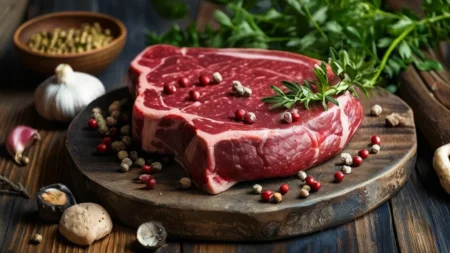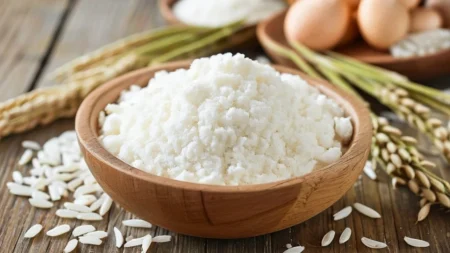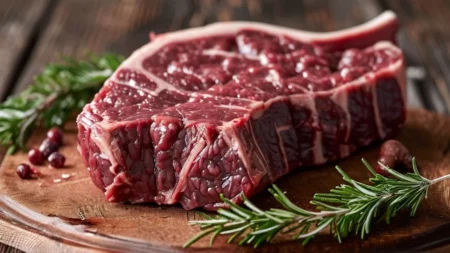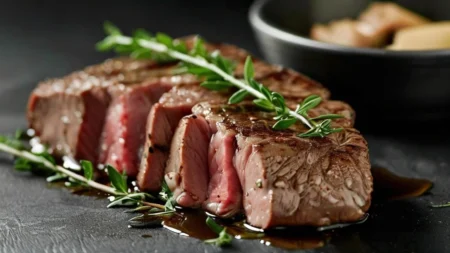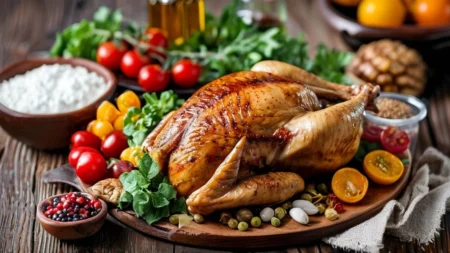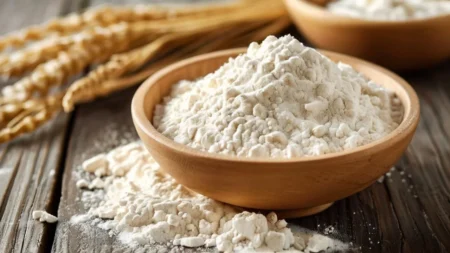Oats: A Nutrient-Dense Grain for a Balanced Diet
Key Takeaways:
- Oats are a highly nutritious whole grain, rich in fiber, protein, vitamins, and minerals.
- They offer numerous health benefits, including improved heart health, better digestion, and stable blood sugar levels.
- Oats can be enjoyed in various forms, including oatmeal, flour, and as an ingredient in baked goods.
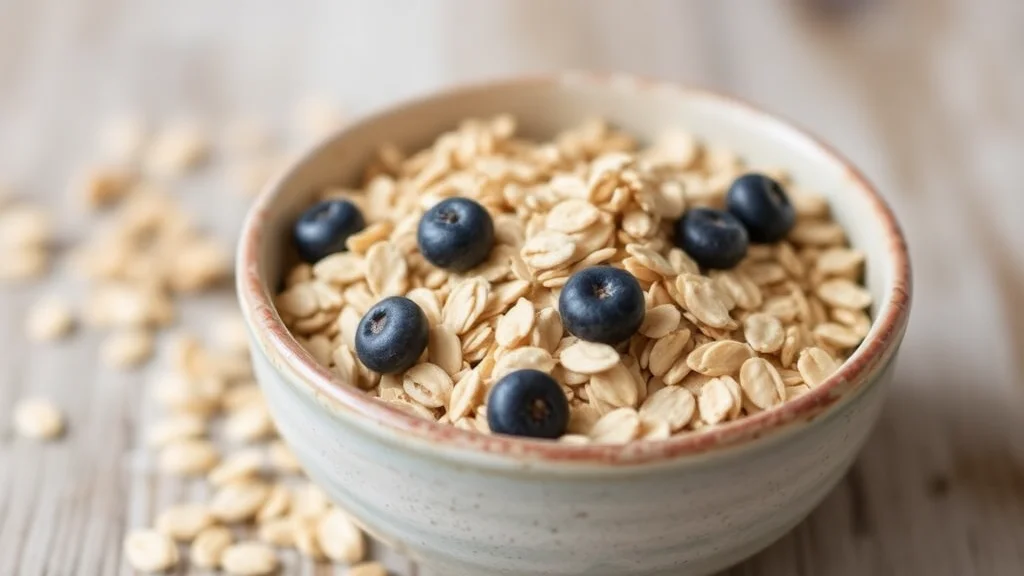
Nutritional Profile of Oats
Oats are packed with essential nutrients that promote overall well-being. Below is the nutritional breakdown for 1 cup (81 grams) of raw oats:
| Nutrient | Amount |
|---|---|
| Calories | 307 kcal |
| Carbohydrates | 55 grams |
| Protein | 11 grams |
| Dietary Fiber | 8 grams |
| Fat | 5 grams |
| Iron | 3.5 mg (19% DV) |
| Magnesium | 276 mg (69% DV) |
| Phosphorus | 276 mg (39% DV) |
Rich in Soluble Fiber
Oats contain a type of soluble fiber called beta-glucan, which has numerous health benefits, including lowering cholesterol levels and improving heart health.
Health Benefits of Oats
1. Promotes Heart Health
Oats are well-known for their heart-healthy properties. The beta-glucan fiber in oats helps reduce LDL cholesterol, also known as “bad” cholesterol, by forming a gel-like substance in the digestive tract that binds to cholesterol and eliminates it from the body. Regular consumption of oats may lower the risk of cardiovascular diseases.
2. Supports Healthy Digestion
The high fiber content in oats aids digestion and promotes bowel regularity. It can help alleviate constipation and improve overall gut health by encouraging the growth of healthy gut bacteria.
3. Helps Control Blood Sugar
Oats have a low glycemic index, meaning they release glucose into the bloodstream slowly, preventing spikes in blood sugar levels. This makes oats an excellent choice for individuals managing diabetes or trying to maintain stable energy levels throughout the day.
Different Types of Oats
Oats come in several varieties, each with different textures and cooking times:
| Type of Oats | Description | Cooking Time |
|---|---|---|
| Steel-Cut Oats | Whole oat groats cut into pieces, chewy texture | 20-30 minutes |
| Rolled Oats | Oat groats steamed and rolled, soft texture | 5-10 minutes |
| Instant Oats | Pre-cooked and dried oats, quick to prepare | 1-2 minutes |
| Oat Flour | Ground oats used for baking and cooking | N/A |
Steel-Cut Oats
Steel-cut oats are the least processed form of oats, providing a chewy texture and a more extended cooking time. They are perfect for a hearty and filling breakfast.
Rolled Oats
Rolled oats, also known as old-fashioned oats, are steamed and then rolled into flat flakes. They cook faster than steel-cut oats and are commonly used in oatmeal, granola, and baked goods.
How to Incorporate Oats into Your Diet
Oats can be easily incorporated into your diet in a variety of ways:
1. Oatmeal for Breakfast
Oatmeal is one of the most popular ways to enjoy oats. You can top it with fruits, nuts, seeds, and sweeteners like honey or maple syrup for a nutritious and satisfying meal.
2. Baking with Oats
Oats can be used in a wide range of baked goods, including muffins, cookies, and breads. Oat flour, made by grinding oats, is a gluten-free alternative for baking.
3. Add to Smoothies
For an added fiber and protein boost, blend oats into your smoothies. They add thickness and nutrition without altering the taste significantly.
Oats and Weight Management
Oats are often recommended for those looking to manage their weight, as they are filling and nutrient-dense. The soluble fiber in oats increases satiety, meaning you feel fuller for longer, which can reduce overeating and help with weight control.
Oats vs. Other Grains
When compared to other grains, oats offer a superior balance of macronutrients and fiber:
| Grain (Per 100g) | Oats | Brown Rice | Quinoa |
|---|---|---|---|
| Calories | 389 kcal | 362 kcal | 368 kcal |
| Carbohydrates | 66 grams | 77 grams | 64 grams |
| Protein | 17 grams | 7.5 grams | 14 grams |
| Dietary Fiber | 10 grams | 3.5 grams | 7 grams |
Oats provide more protein and fiber compared to both brown rice and quinoa, making them a highly nutritious grain option.
Conclusion
Oats are a versatile, nutrient-rich grain that offers numerous health benefits, including improved heart health, digestion, and blood sugar control. Whether enjoyed as oatmeal, used in baking, or added to smoothies, oats are a valuable addition to a balanced diet. Their high fiber content and ability to keep you full make them an excellent option for weight management as well.
FAQ
Q: Are oats gluten-free?
A: While oats are naturally gluten-free, they are often processed in facilities that handle gluten-containing grains, leading to cross-contamination. Always opt for certified gluten-free oats if you have celiac disease or gluten sensitivity.
Q: Can oats help with weight loss?
A: Yes, oats are high in fiber, which increases feelings of fullness and can reduce overall calorie intake, making them a helpful tool for weight management.
Q: What’s the difference between steel-cut and rolled oats?
A: Steel-cut oats are less processed and have a chewier texture, while rolled oats are steamed and flattened for quicker cooking and a softer texture. Both varieties offer similar nutritional benefits.





